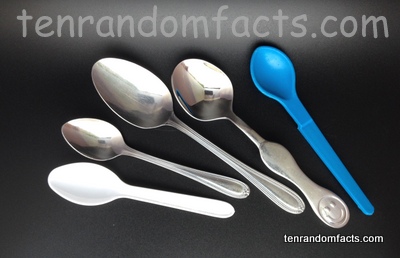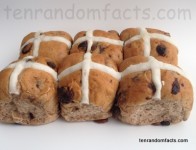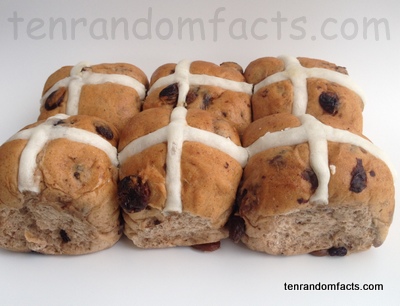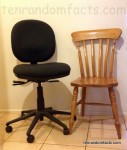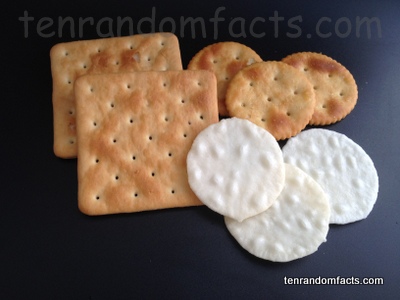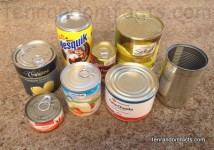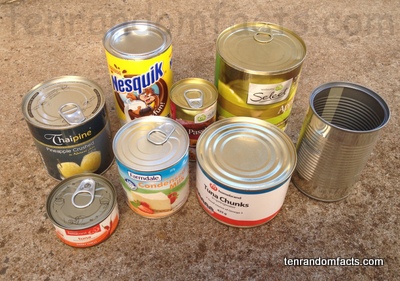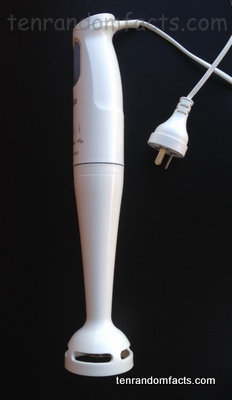
Would you like a spoon of facts?
- Spoons are tools or utensils that are cutlery items used primarily to eat or prepare food.
- Spoons feature a shallow, curved receptacle, that is attached to a longer handle.
- Stainless steel is one of the most common materials used to make spoons, while wood, plastic, ceramic, or other metals are not uncommon, though some cutlery is made of a combination of two or more substances.
- Spoons are most often used to eat, mix, distribute and measure food.
- Ancient civilisations made spoons from a variety of materials like wood, bone, rock, gold, silver and ivory, depending on the utensil’s purpose and availability of materials.
- Spoons have been adapted as souvenirs making them collected items, while both antiques and limited editions are popular among collectors.
- The modern manufacturing process of metal spoons starts with a flat metal sheet, that is cut and shaped using dies.
- Spoons have been used in past societies, including Egyptian and British, to symbolise status and power.
- The modern appearance of spoons was only adopted in the 1700s, and soon after they became a prominent household item.
- A spoon is most commonly used for eating when the food is liquid-based or small, such as rice, cereal, ice-cream and soup.
Bibliography:
Jones T, The History of Spoons, Forks and Knives, 2013, Today I Found Out, http://www.todayifoundout.com/index.php/2013/10/history-spoons-forks-knives/
Spoon, 2015, Wikipedia, http://en.wikipedia.org/wiki/Spoon




